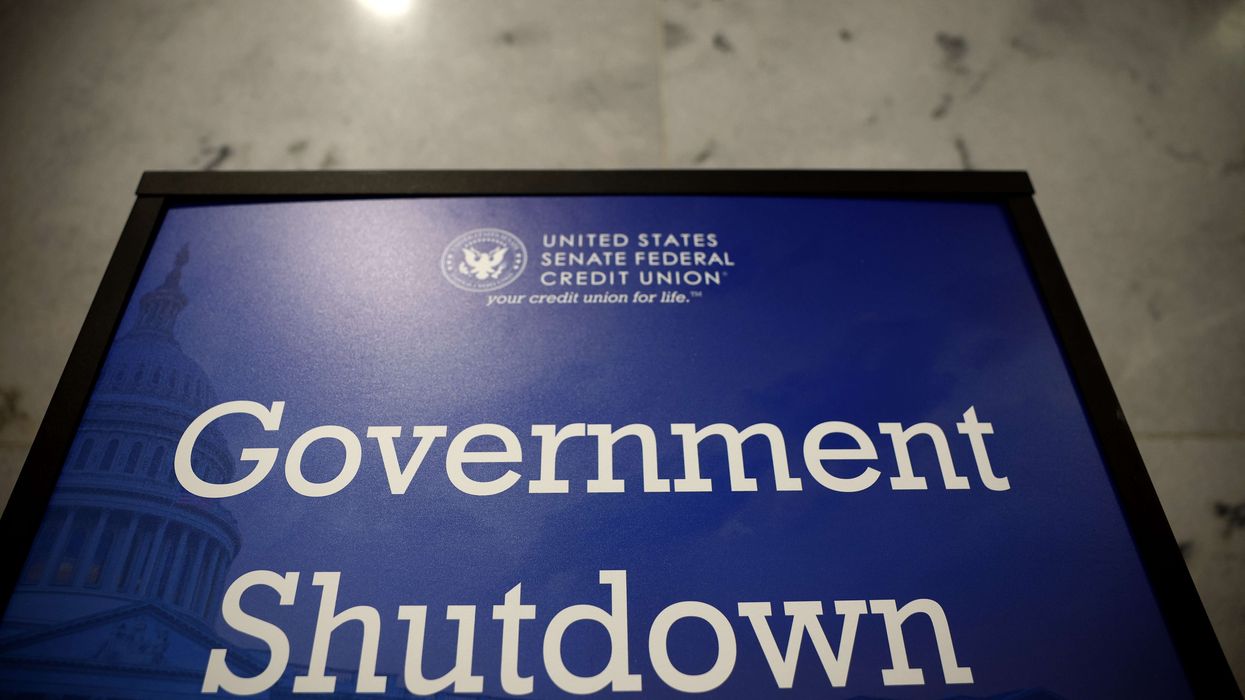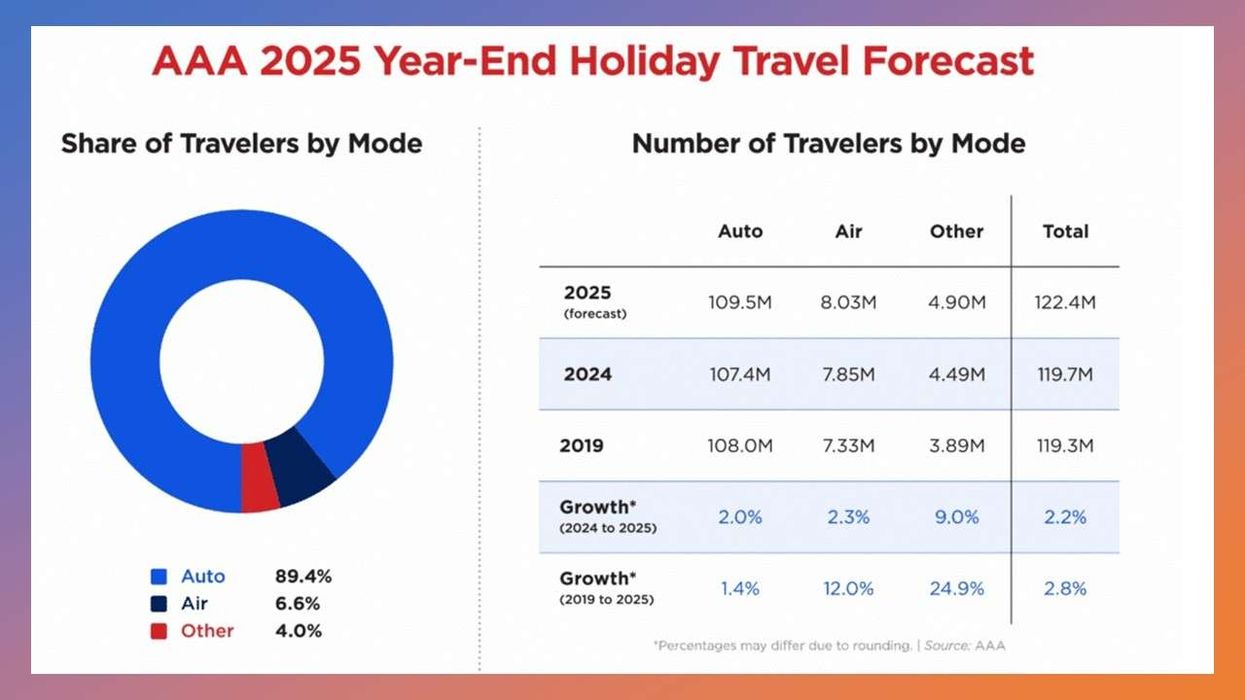Summary:
- The U.S. government shut down at midnight after Congress failed to agree on funding.
- About 750,000 federal employees will be furloughed daily, costing $400 million.
- Key immigration and labor programs are halted.
THE FEDERAL GOVERNMENT shut down at midnight after Republicans and Democrats failed to agree on funding. Disputes over healthcare subsidies and spending priorities left both sides unwilling to accept responsibility.
The shutdown could cost America’s travel economy $1 billion a week, the U.S. Travel Association said previously. It will disrupt federal agencies, including the Transportation Security Administration and hurt the travel economy, USTA CEO Geoff Freeman wrote in a Sept. 25 letter to Congress.
“A shutdown is a wholly preventable blow to America’s travel economy—costing $1 billion each week—and affecting millions of travelers and businesses while straining an already overextended federal travel workforce,” Freeman said. “While Congress recently provided a $12.5 billion down payment to modernize our nation’s air travel system and improve safety and efficiency, this modernization will stop in the event of a shutdown.”
USTA said that halting air traffic controller hiring and training would worsen a nationwide shortage of more than 2,800 controllers and further strain the air travel system.
About 750,000 federal workers are expected to be furloughed each day at a cost of about $400 million, according to the Congressional Budget Office. Essential services to protect life and property remain operational, CNN reported. The Department of Education said most of its staff will be furloughed, while the Department of Homeland Security will continue much of its work. Agencies released contingency plans before the deadline.
Immigration services are directly affected. Most U.S. Citizenship and Immigration Services operations continue because they are fee funded, but programs relying on appropriations—such as E-Verify, the Conrad 30 J-1 physician program and the special immigrant religious worker program—are suspended. Houston law firm Reddy Neumann Brown said employers must manually verify I-9 documents if E-Verify goes offline, though USCIS has historically extended compliance deadlines.
The Department of Labor will halt its Office of Foreign Labor Certification, freezing labor condition applications for H-1B visas, PERM applications and prevailing wage determinations, India’s Business Standard reported. Its FLAG system and related websites will also go offline. Immigration lawyers warn of ripple effects, since USCIS depends on DOL data. The Board of Alien Labor Certification Appeals and administrative law dockets will also pause.
Visa and passport services at U.S. consulates generally continue because they are fee funded. If revenue falls short at a post, services may be limited to emergencies and diplomatic needs.
Reuters reported that the disruption could delay the September jobs report, slow air travel, suspend scientific research, withhold pay from active-duty U.S. troops and disrupt other government operations. The funding standoff involves $1.7 trillion in discretionary agency spending—about one-quarter of the $7 trillion federal budget, according to Reuters. Most of the rest goes to health programs, retirement benefits and interest on the $37.5 trillion national debt.
According to The New York Times, unlike previous shutdowns, Trump is threatening long-term changes to the government if Democrats do not concede to demands, including firing workers and permanently cutting programs they support.
This is the 15th government shutdown since 1981.













